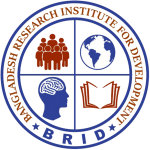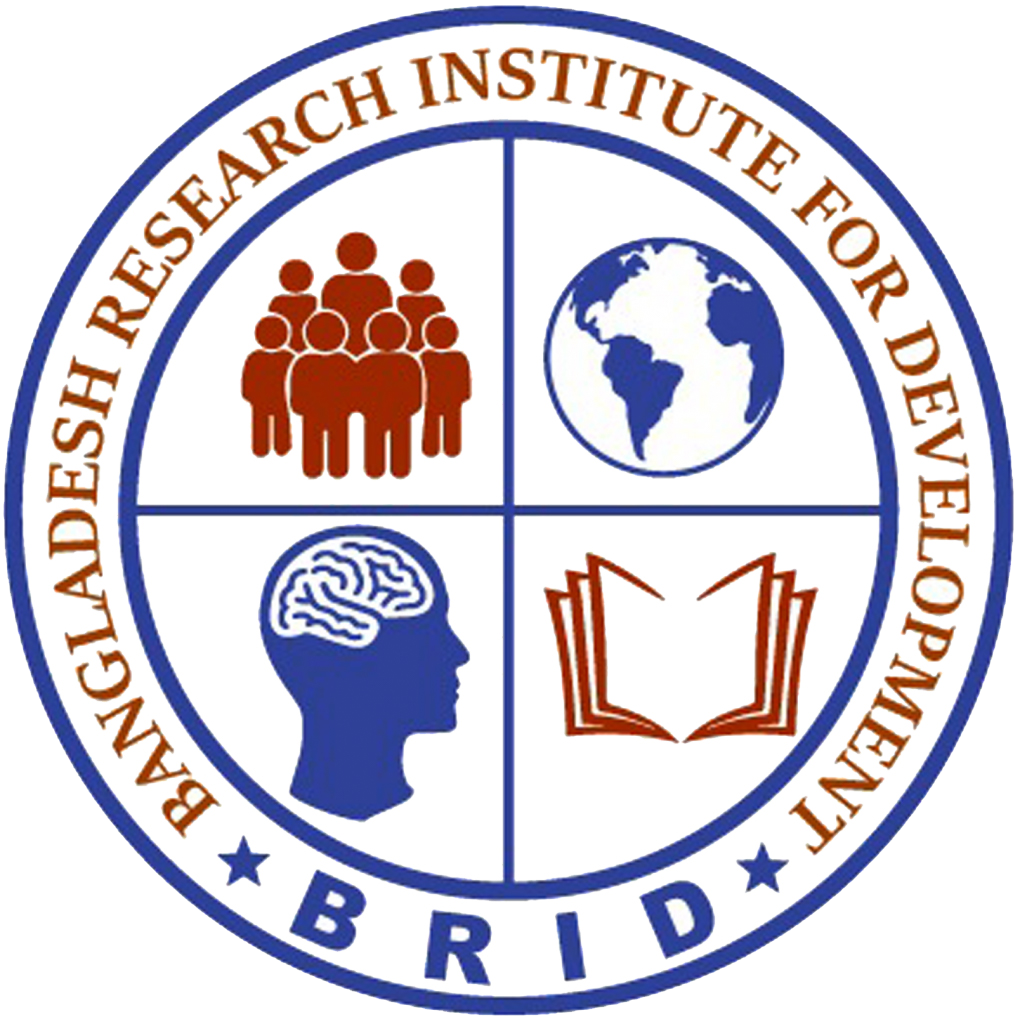Executive Summary
Demographic profile of the micro-entrepreneurs
A family is a fundamental unit of society. Without it, we cannot think about social life. In Bangladesh, family is most of the most important elements of the social structure. The average size of the family in Bangladesh is almost 4.5 members. It is observed that the prevalence of large size family is seen in the rural life of Bangladesh.
Similarly, the study found that a major portion (82%) of the micro-entrepreneurs had 4-7 members per family, while 56% had 5 to 6 members. Furthermore, education is a vital element that accelerates the development of a nation. It enlightens the life of the people and civilizes society. In Bangladesh, almost 73% of people are literate. However, the study found that the MEs’ educational status was poor, while 62% had a primary education level.
Moreover, gender is the perception and attitude constructed by society. It varies from society to society. In Bangladesh, there are three gender identities: male, female, and transgender. However, the study found that male participation in the project was prevalent, where 93% of the surveyed MEs were male entrepreneurs.
Categories of the Micro-enterprise
There were various types of enterprises doing their business in the study area, such as ring/slab/pillar factories, eco-block factories, hollow block factories, tiles factories, cement, sand and handicraft, machinery producing factory, etc. The study found that environment-friendly construction materials producers were almost absent in the study area. Moreover, there are two types of ownership in the study areas: single ownership and joint ownership. The study found that single ownership was more prevalent while 94% of MEs were single and only a few were joint ownership category. In addition, the study tried to explore the nature of the business properties, finding that 68% of the business was self-owned. The rest of the entrepreneurs were doing their business in rented places in the study areas. Additionally, MEs were asked about the sources of self-ownership and found that 49% answered self-bought ways to achieve ownership. Almost 19% answered that they achieved it in a patriarchal way.
Monthly sales, income and expenditure
The study found low number of sales of the MEs in the study area while a major portion of the business’s sales are 50 to 60 thousand per month. On the contrary, the monthly income of the MEs in the study areas was not satisfactory, while 87% of the MEs earned monthly 8 to 11 thousand takas. After deducting the expenses, these portions of MEs got only a small amount of money. It is worth mentioning that 73% of MEs earned 8 to 9 thousand takas per month while few amounts remained after deducting the operating cost, including remuneration, rent, service charge, and others. Moreover, the monthly expenditure of the MEs was excessive, as expected. The major portion of the MEs expended below 40 to 50 thousand takas per month, while 83% expended 41 to 42 takes.
Loan status
The loan Status of the MEs was mentionable that a major portion was loan receivers from financial institutions, including non-government organizations. The study found that 70% of the MEs received a loan from non-government loan provider organizations in the study areas. Along with this, the study asked the MEs about their loan amount and found a variation in amount. MEs received up to eight lacs takas as a loan from loan-providing organizations in the study areas. Data revealed that 67.1% of the MEs received a loan from ten thousand to three lacs. Only 4% of MEs received above eight lacs takas as loans from various loan-providing organizations in the study areas.
Asset status
In this study, assets refer to the properties, including permanent and temporary, belonging to the MEs in the study areas. The study found that MEs had up to nine lac assets while 30% had below one lac takas. Almost 24% of the MEs asset value was seven to nine lacs takas. Additionally, permanent assets refer to the perpetual properties used for long as the enterprise exists. The study found that 70% of the enterprises had below three lac takas equivalent permanent assets in the study areas.
Infrastructural and legal status
The infrastructural conditions of the MEs in the study areas were poor. The study found that tin house is prevalent than other categories of houses, while 64% of the houses were in-house. Moreover, every business must have legal status following its country’s standards. The study found that 19% of the enterprises had legal status including government registration. A few portions of the MEs had local business association membership, and VAT and Tax numbers. It was worth mentioning that a significant portion of the MEs had local influencing power relations, which helped them operate the business in the local market. (to be continued)

